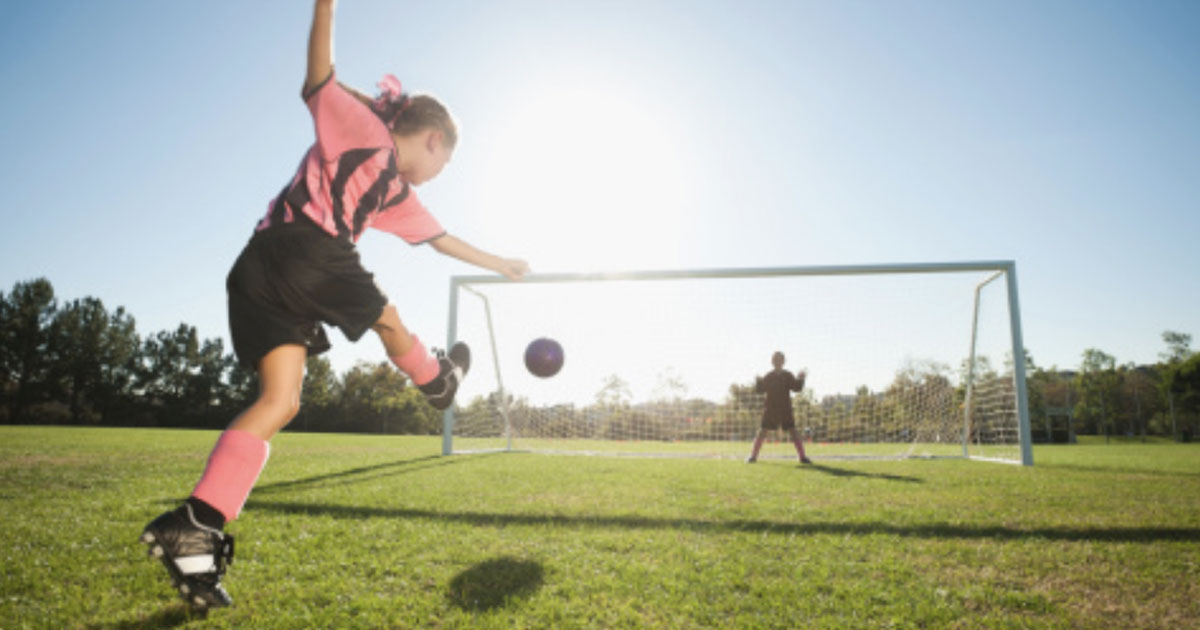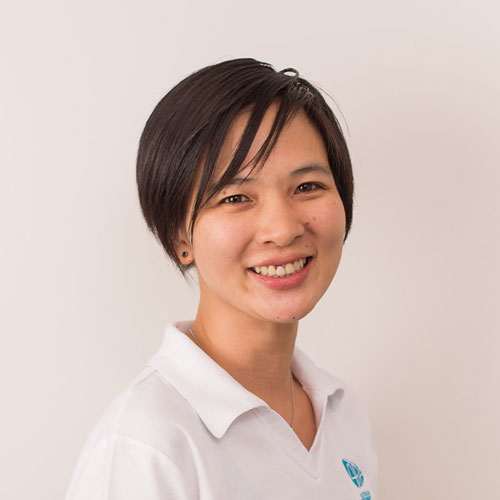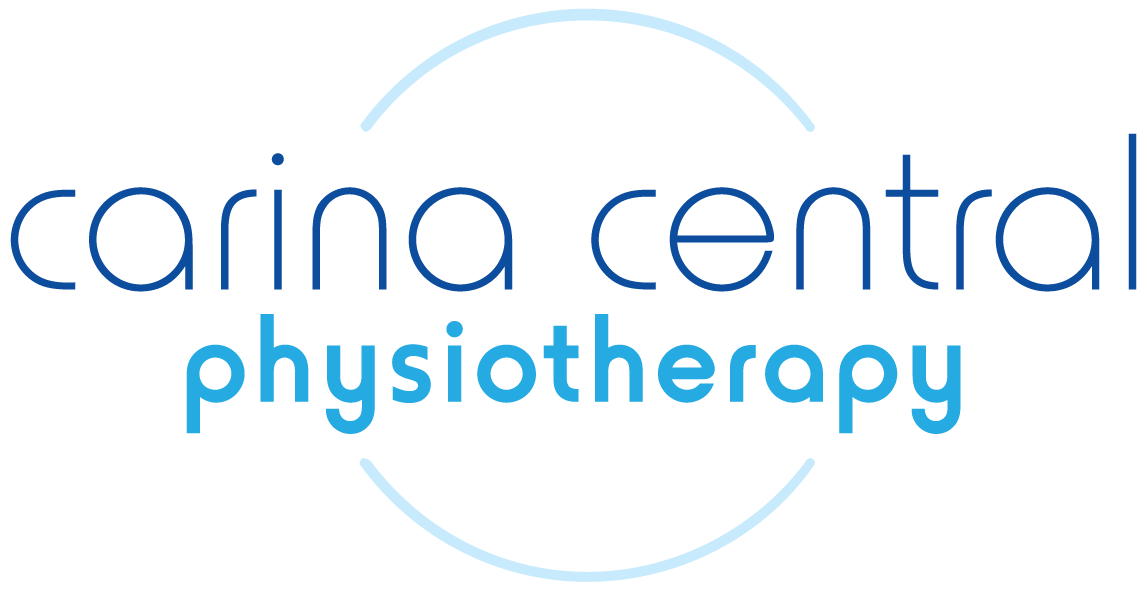
Growth Plate Injuries
During this season of winter sports, injuries are common in the younger athlete. Children and teenagers are at particular risk of injuries during growth spurts, a time when they have to continually adjust in areas of coordination and sports skills.
The types of sports injuries may be similar to their adult counterparts however symptoms and management can differ greatly due to the structure of growing bones.
Osteochondroses are a group of conditions that affect the growth plates in children. This is usually related to blood flow to a particular bone region, and can occur in joints or any area of the bony skeleton. Growth plate injuries occur more often in boys, with the greatest incidence during their growth spurt years, which is 14- to 16-year-old boys and 11- to 13-year-old girls.
What is a growth plate?
The growth plate (also known as the epiphyseal plate) is the area of growing tissue near the end of the long bones in children and adolescents. The growth plate is what determines the final length and shape of the bone. These growth plates naturally close and are replaced by solid bone once growing is complete.
The growth plate is the weakest area of the growing skeleton, weaker than the ligaments and tendons. Therefore, instead of spraining a ligament, the younger person is more likely to injure their growth plate or break a bone.
What are some different types of growth plate injuries?
Growth plate injuries can be of sudden onset; these injuries are often associated with an incident such as a fall or any impact force.
Epiphyseal fractures
The region of the growth plate is a point of weakness where bones can break. These can be simple breaks along the line of the plate, or they can involve the joint in more complex cases.
Avulsion fractures
These fractures occur where large tendons attach to bone. Instead of having a muscle strain following a forceful contraction, the adolescent is more likely to have the tendon pull away from its growth plate (apophyseal) attachment. For example this can occur with the top of the quadriceps muscle where it attaches to the bony point of the pelvis.
Growth plate injuries can also occur over a period of time; and these are often a result of overuse or overload. This extra load can be contributed by a number of factors such as over-training, poor technique and tight muscles. For example, this can be a long distance runner or a ballet dancer practising her point technique.
Osteochondrosis can occur at various locations throughout the body. Below are some names for common growth plate conditions:
- Kohler’s (foot)
- Osgood-Schlatter (knee)
- Osteochondritis dissecans (elbow)
- Perthes’ (hip)
- Scheuermann’s (spine)
- Sever’s (heel/foot)
- Sinding-Larsen-Johansson (knee)
How are growth plate injuries commonly managed?
It is crucial to identify and manage acute fractures of the growth plate early as there is a risk of permanent disturbance in the growth process. Even in the more chronic presentations of osteochondrosis it is important to have it assessed and managed well in order to halt any bone breakdown and ongoing inflammation. X-Rays and MRIs are often useful to confirm the diagnosis.
Management approach will vary depending on the specific condition. This will usually involve a period of rest, modification of activities, with splinting and medications as required. Less commonly, surgical intervention may be considered.
What does Physiotherapy involve?
The Physiotherapist is equipped to assess the younger athlete who presents with newly onset or more persistent musculoskeletal pain. A thorough examination will be conducted to identify conditions which may require prompt medical attention and highlight factors which have contributed to the condition.
As part of the conservative management approach of growth plate injuries the Physiotherapist will provide guidance on the specifics of modifying activities and training load, prescribe exercises to correct any muscle imbalance and technique errors. In light of the above considerations, the child or adolescent should not be encouraged to push through the pain.
The Physiotherapist works in close partnership with the GP and sports physician to ensure streamlined rehabilitation for growth plate injuries.

If you or your child has a suspected growth plate injury, request an appointment with Jennie Wong for an assessment.
